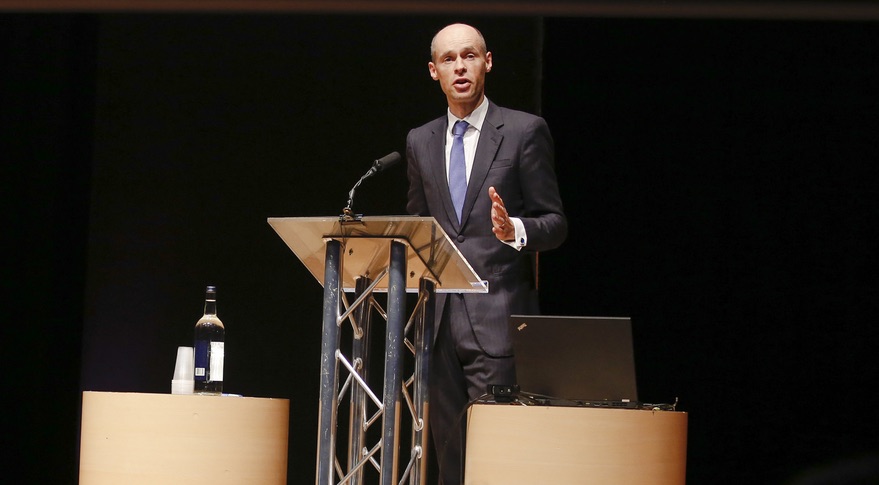29.11.2017

LONDON — A new national industrial strategy unveiled by the British government Nov. 27 includes 50 million pounds ($67 million) to support development of new launch sites and launch vehicles.
The funding, announced by Business Secretary Greg Clark, is part of a broader “Industrial Strategy” for the British economy to increase productivity and earning power by investing in several key sectors, one widely anticipated by the country’s space industry.
The strategy’s funds, according to an announcement from the U.K. Space Agency, will “enable new satellite launch services and low gravity spaceflights from U.K. spaceports,” although the statement didn’t elaborate on how the funds will be allocated.
“This £50 million boost from the Industrial Strategy will help the U.K. Space Agency continue working with the industry to develop new technologies, infrastructure and services, to establish the U.K. as a world leading destination for space launch,” Graham Turnock, chief executive of the agency, said in a statement.
At a space commercialization conference held here by the Royal Aeronautical Society last week, government and industry officials saw the industrial strategy as one element of a broader effort to help establish a launch industry in the country, and in turn grow Britain’s share of the global space market from its current level of 6.5 percent to 10 percent by 2030.
That 10 percent goal came from an earlier space strategy developed in 2010, said Robert Waters, head of industrial strategy at the U.K. Space Agency, in a Nov. 21 conference presentation. The current 6.5 percent, he argued, was a “tipping point” that could be easily increased, or decreased, based on actions the government took.
“If you take positive action, you can perhaps drive that up to about 10 percent, and that’s where this all came from,” he said.
The government sees launch was a key area to increase that share, citing growing demand for small satellites that it estimates to be worth up to 25 billion pounds over the next two decades. “By launching small satellites into low Earth orbit, we hope to help to grow the U.K.’s already thriving small satellite sector,” said Claire Barcham, satellite launch program director for the U.K. Space Agency, in a conference presentation Nov. 22.
The agency solicited proposals earlier this year to support the development of launch capabilities that could be operational by 2020. Barcham said the agency received 26 proposals, which have been internally reduced to a “small number” for further consideration, with the winning proposals to be announced “quite shortly.”
Legislation is also working its way though Parliament to provide a regulatory framework for commercial launches from Britain. Paul Cremin, commercial spaceflight regulation and policy lead for the Department for Transport, said Nov. 22, said the bill is making swift progress through the House of Lords and should enter the House of Commons in December, with enactment as soon as February or March.
“There is nothing in there that’s really controversial,” he said. “It’s quite a fast-pacing bill.”
However, Cremin said that even after passage of the bill, additional work to set up the regulatory system for launches from the country would likely not be completed until late 2019 or early 2020. That pushes against the agency’s own deadline of establishing launch capabilities by 2020, but Turnock, speaking at the conference Nov. 21, said the goal was to get those capabilities in place in time to tap into that increased demand expected to emerge in the next few years.
Referring to the U.K.’s only orbital launch, the 1971 launch of a Black Arrow rocket from Australia carrying the Propsero satellite, Turnock said, “Our second launch should lift off from U.K. soil in time to capture a share of that burgeoning global demand.”
Quelle: SN
